Home>Articles>Choosing the Perfect Summer Fan: Which Way Fan Direction for Maximum Comfort and Energy Efficiency
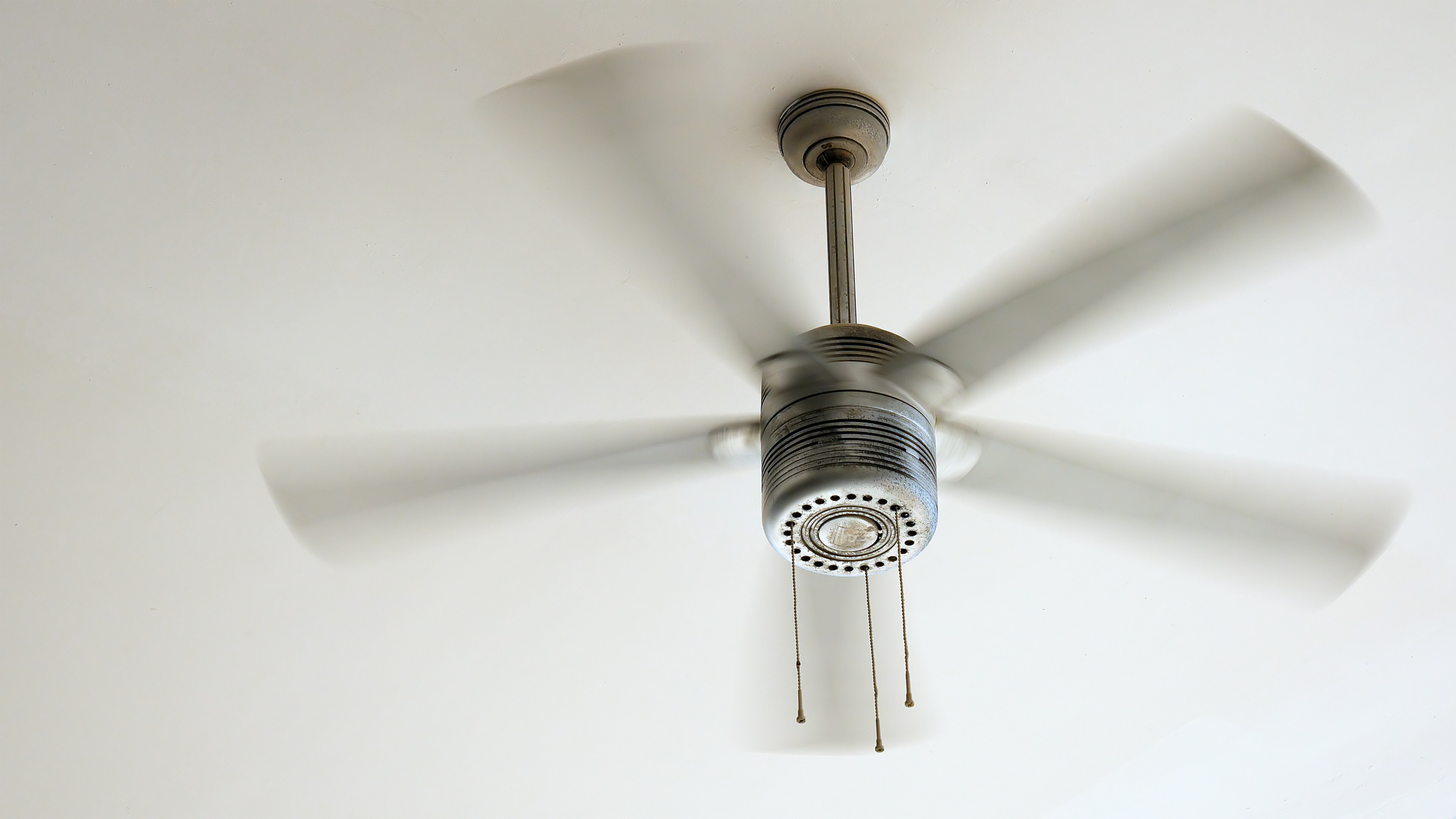

Articles
Choosing the Perfect Summer Fan: Which Way Fan Direction for Maximum Comfort and Energy Efficiency
Modified: January 6, 2024
Discover the best articles on summer fans and find out which way the fan should face to maximize cooling efficiency. Stay cool this summer with our helpful tips and advice.
(Many of the links in this article redirect to a specific reviewed product. Your purchase of these products through affiliate links helps to generate commission for Storables.com, at no extra cost. Learn more)
Introduction
Summer is the season that brings warm weather, outdoor activities, and relaxation by the pool. However, it can also be a time of discomfort due to the scorching heat. To beat the heat and stay cool during the summer months, having a reliable and efficient fan is essential. But with so many options available on the market, choosing the right fan can be a daunting task.
When selecting a fan for summer, it’s important to consider various factors to ensure optimal performance and comfort. The size of the space you need to cool, the airflow capacity of the fan, noise levels, energy efficiency, and the overall design are all important factors to consider. Different types of fans are available, each with their own pros and cons. Finding the right fan that meets your specific needs can make a significant difference in your comfort level throughout the summer.
In this article, we will explore the different types of fans available and discuss their advantages and disadvantages. We will also provide guidance on how to decide on the ideal placement for your fan and share tips on maximizing its cooling effect. By the end of this article, you will have all the information you need to make an informed decision on which fan is best for your summer cooling needs.
Key Takeaways:
- Beat the summer heat by choosing the right fan based on factors like space size, airflow capacity, and noise levels. Optimize fan placement and usage to create a cool and comfortable environment.
- Different fan types offer unique benefits and drawbacks. From ceiling fans to desk fans, each type has specific features to consider for effective cooling during the summer months.
Factors to Consider When Choosing a Fan for Summer
When it comes to selecting a fan for summer, there are several important factors to consider. These factors will help you choose a fan that is not only effective at cooling but also tailored to your specific needs and preferences. Here are some key factors to keep in mind:
- Size of the Space: The first factor to consider is the size of the space you need to cool. A small desk fan might be sufficient for a personal workspace or bedroom, but for larger areas like living rooms or open-concept spaces, a tower or ceiling fan might be more suitable.
- Airflow Capacity: The airflow capacity of a fan is measured in cubic feet per minute (CFM). Higher CFM indicates greater air circulation and cooling power. If you need to cool a large area, look for a fan with a higher CFM rating.
- Noise Levels: Some fans produce more noise than others. If you are sensitive to noise or plan to use the fan in a bedroom or office where quiet is important, consider choosing a fan with a lower noise level rating.
- Energy Efficiency: A fan that is energy-efficient not only helps reduce your electricity bill but also minimizes environmental impact. Look for fans with an Energy Star certification or Energy Guide label, indicating that they meet rigorous energy efficiency standards.
- Design and Aesthetics: While functionality is a top priority, the design and aesthetics of the fan should not be overlooked. Choose a fan that complements your decor and matches your personal style.
By considering these factors, you can narrow down your choices and find a fan that meets your specific cooling needs. Understanding these factors will help you make an informed decision and ensure that you stay cool and comfortable throughout the summer months.
Different Types of Fans Available in the Market
When it comes to fans, there is a wide variety of options available in the market. Each type of fan is designed to provide specific features and benefits. Understanding the different types of fans can help you choose the one that best suits your needs. Here are some of the most common types of fans available:
- Ceiling Fans: Ceiling fans are mounted on the ceiling and distribute air downwards. They are ideal for cooling large spaces and can circulate air in multiple directions. Ceiling fans can be a stylish addition to any room and come in various sizes, designs, and finishes.
- Tower Fans: Tower fans are tall and slim, providing a compact cooling solution. They feature a vertical housing design with a rotating fan inside. Tower fans are known for their quiet operation, multiple speed settings, and oscillation feature, which ensures even airflow throughout the room. They are suitable for smaller to medium-sized spaces.
- Box Fans: Box fans are portable and versatile fans that are commonly used to provide direct cooling. They feature a square or rectangular shape and can be placed on a flat surface or hung in a window. Box fans are known for their high airflow capacity and are often used for ventilating and cooling specific areas.
- Pedestal Fans: Pedestal fans are freestanding fans supported by an adjustable stand or pedestal. They offer adjustable height and oscillation features, providing widespread cooling. Pedestal fans are versatile and can be moved around easily to different locations, making them suitable for larger spaces.
- Desk Fans: Desk fans, as the name suggests, are compact fans designed for personal use. They are small in size and can be placed on a desk, table, or countertop. Desk fans provide localized cooling and are ideal for personal spaces such as offices, bedrooms, or dorm rooms.
Each type of fan has its own advantages and disadvantages. Consider factors such as the size of the space, desired airflow, noise levels, and flexibility when choosing the type of fan that best meets your needs. It’s always a good idea to read customer reviews and compare features before making a purchase.
Now that you are familiar with the different types of fans available, let’s dive into the pros and cons of each type to help you make an informed decision.
Pros and Cons of Ceiling Fans
Ceiling fans have been a popular cooling solution for many years and offer several advantages. Let’s take a closer look at the pros and cons of ceiling fans to help you determine if they are the right choice for your needs:
Pros:
- Effective Air Circulation: Ceiling fans are designed to move a significant amount of air in a room. They create a gentle breeze that can help cool down the space and make it more comfortable.
- Distribution of Cool and Warm Air: Ceiling fans can be beneficial in both summer and winter. In hot weather, they help cool the room by creating a wind-chill effect. In colder months, ceiling fans can be reversed to circulate warm air trapped near the ceiling, improving heating efficiency.
- Energy Efficiency: Ceiling fans consume less energy than air conditioners, making them a cost-effective cooling option. They can help lower energy bills and reduce environmental impact.
- Aesthetic Appeal: Ceiling fans come in a variety of styles, designs, and finishes, allowing you to choose a fan that complements your decor. They can enhance the overall aesthetic of a room and serve as a decorative element.
- No Floor Space Required: Unlike portable fans that take up floor space, ceiling fans are mounted on the ceiling, making them ideal for rooms with limited floor space. They provide efficient cooling without obstructing movement or furniture placement.
Cons:
- Installation Complexity: Ceiling fans require professional installation, which can be time-consuming and costly if you don’t have prior experience. The process involves wiring, attaching the fan to the ceiling, and ensuring proper balance and stability.
- Room Restrictions: Ceiling fans are not suitable for every room. The ceiling height should be adequate for safe operation, and the fan should not interfere with obstructions like cabinets or low ceilings.
- Comparison to Air Conditioners: While ceiling fans provide airflow and help create a cooling sensation, they do not provide the same level of cooling as air conditioners. In extremely hot climates, air conditioning may be a more effective option for temperature control.
- Noisy Operation: Some ceiling fans can produce noise, especially if not installed properly or if the fan blades are unbalanced. Noise levels can vary depending on the fan model and motor quality.
Consider these pros and cons when deciding if a ceiling fan is the right choice for your cooling needs. If the benefits outweigh the drawbacks and ceiling fans align with your preferences and room requirements, they can be an excellent addition to your summer cooling strategy.
Pros and Cons of Tower Fans
Tower fans have gained popularity in recent years due to their sleek design and unique features. Let’s explore the pros and cons of tower fans to help you determine if they are the right cooling solution for you:
Pros:
- Space-Saving Design: Tower fans are tall and slim, allowing them to fit into small spaces without occupying much floor space. They are ideal for apartments, bedrooms, or any area where space is limited.
- Oscillation Feature: Tower fans typically feature an oscillation function, which allows them to rotate from side to side. This helps create a widespread airflow and evenly distribute cool air throughout the room.
- Quiet Operation: Tower fans are known for their quiet operation, making them suitable for use in bedrooms, offices, or other areas where noise needs to be kept to a minimum.
- Remote Control and Timer: Most tower fans come with a remote control, allowing you to conveniently adjust settings from a distance. They may also have a timer function that enables you to set the fan to run for a specific period, providing comfort while saving energy.
- Multiple Speed Settings and Modes: Tower fans often offer multiple speed settings and airflow modes, allowing you to customize the cooling experience based on your preferences. Some models even have built-in air purifiers or ionizers to improve air quality.
Cons:
- Not Ideal for Large Spaces: While tower fans are effective in smaller to medium-sized rooms, they may not provide sufficient airflow for larger spaces. Consider the square footage of the area you intend to cool before choosing a tower fan.
- Noisy Operation at Higher Speeds: While tower fans are generally quiet, some models may produce more noise at higher speed settings. It’s important to read customer reviews and choose a tower fan with a reputation for quiet operation.
- Less Airflow than Traditional Fans: Tower fans typically provide less airflow compared to ceiling fans or box fans. If you need powerful and direct cooling, a tower fan may not be the most suitable option.
- Noisy Motor: In some tower fan models, the motor can produce a humming or buzzing noise, which can be bothersome for sensitive individuals.
Consider these pros and cons when deciding if a tower fan is the right choice for your cooling needs. If you are looking for a compact, space-saving fan with customizable features and quiet operation, a tower fan may be the perfect addition to your summer cooling arsenal.
Pros and Cons of Box Fans
Box fans are a popular and affordable cooling option that can be used in various settings. Let’s explore the pros and cons of box fans to help you determine if they are the right choice for your cooling needs:
Pros:
- High Airflow Capacity: Box fans are known for their high airflow capacity, making them a powerful cooling option. They can provide a strong and direct breeze, perfect for hot summer days or stuffy rooms.
- Portability: Box fans are lightweight and portable, allowing you to easily move them from one room to another. This makes them a versatile cooling solution and suitable for both indoor and outdoor use.
- Affordability: Box fans are generally more budget-friendly compared to other types of fans. They offer a cost-effective way to keep your space cool without breaking the bank.
- Easy Operation: Box fans are easy to use and require minimal setup. Simply plug them in, choose your desired speed setting, and enjoy the instant airflow.
- Can Be Used as Window Fans: Box fans can be placed in windows to create a powerful ventilation system. They can assist in drawing in cool air from the outside or exhausting hot air from the room.
Cons:
- Noisy Operation: Box fans are known for their noisy operation, especially at higher speed settings. The noise level can vary between different models, so it’s important to consider noise tolerance when choosing a box fan.
- No Oscillation Feature: Unlike other types of fans, box fans do not typically have an oscillation feature. This means that the airflow is directed in one direction, limiting the coverage of cooling in a room.
- Size and Aesthetics: Box fans have a traditional square or rectangular shape and may not blend seamlessly with modern decor. Additionally, their size may limit placement options in smaller spaces.
- No Remote Control or Advanced Features: Box fans usually have simple manual controls, lacking remote control or advanced features like timer settings or airflow modes.
Consider these pros and cons when deciding if a box fan is the right choice for your cooling needs. If you value powerful airflow, portability, and affordability, and noise level is not a major concern, a box fan may be a suitable cooling solution for you.
Pros and Cons of Pedestal Fans
Pedestal fans are widely used for their versatility and ability to provide widespread cooling. Let’s explore the pros and cons of pedestal fans to help you determine if they are the right choice for your cooling needs:
Pros:
- Adjustable Height and Oscillation: Pedestal fans are equipped with an adjustable stand or pedestal, allowing you to customize the height to your preference. They also typically have an oscillation feature, which helps distribute the airflow evenly throughout the room.
- Powerful Cooling: Pedestal fans often have larger blades and more powerful motors compared to desk or table fans. This results in stronger airflow and efficient cooling, making them suitable for larger rooms or spaces.
- Portability: Despite their larger size, pedestal fans are designed to be easily moved around. They usually come with caster wheels or a lightweight design, allowing you to transport them to different areas as needed.
- Choice of Speed Settings: Pedestal fans typically offer multiple speed settings, allowing you to adjust the airflow according to your preference. This ensures comfort and flexibility in different temperature conditions.
- Wide Coverage: Pedestal fans have a wide coverage area due to their powerful fan blades and oscillation feature. They can provide cooling to a larger space, making them suitable for living rooms, bedrooms, or even outdoor areas.
Cons:
- Size and Space Requirement: Pedestal fans are larger in size compared to desk or table fans, which means they require more space. Consider the available floor space in your room before opting for a pedestal fan.
- Noisy Operation: Due to their larger blades and powerful motors, pedestal fans can produce more noise compared to smaller fans. While noise levels may vary between models, it’s important to consider noise tolerance when choosing a pedestal fan.
- Assembly Required: Pedestal fans usually require some assembly before use. This may involve attaching the fan blades, base, and stand, which may be a little time-consuming.
- Higher Price Range: Pedestal fans can be more expensive compared to smaller fans, given their powerful cooling capabilities and added features. Consider your budget when deciding if a pedestal fan is the right choice for you.
Consider these pros and cons when deciding if a pedestal fan is the right choice for your cooling needs. If you value adjustable height, powerful cooling, and wide coverage area, and noise level is not a major concern, a pedestal fan may be the ideal choice to keep you cool during those hot summer days.
Pros and Cons of Desk Fans
Desk fans are compact and convenient cooling solutions that are commonly used in personal areas such as offices or bedrooms. Let’s explore the pros and cons of desk fans to help you determine if they are the right choice for your cooling needs:
Pros:
- Compact and Portable: Desk fans are small in size and lightweight, making them highly portable. You can easily move them from one location to another or take them with you when traveling.
- Space-Saving: As the name suggests, desk fans are designed to sit on a desk, table, or countertop. They take up minimal space and are ideal for personal use in small areas.
- Quiet Operation: Desk fans are known for their quiet operation, making them suitable for use in quiet environments such as offices or bedrooms where noise needs to be kept to a minimum.
- Energy Efficient: Desk fans typically consume less energy compared to larger fans or air conditioning units. They provide targeted cooling and can help save on energy costs.
- Adjustable Angles and Speeds: Most desk fans offer adjustable angles, allowing you to direct the airflow where you need it the most. They also come with multiple speed settings, giving you control over the intensity of the cooling.
Cons:
- Localized Cooling: Desk fans provide localized cooling and are not designed to cool large areas. They are best suited for personal use or to provide a refreshing breeze in close proximity.
- Limited Airflow: While desk fans can be effective at providing a gentle breeze, they may not generate as much airflow as larger fans. If you require a stronger cooling solution, a larger fan might be a better option.
- Less Cooling for Multiple People: If you intend to cool a room with multiple occupants, the cooling effect of a desk fan may not be sufficient for everyone. Consider the number of people and their proximity to the fan when deciding on the cooling solution.
- Small Blade Size: Desk fans typically have smaller blades compared to larger fans. While this contributes to their compact design, it limits their ability to generate a strong breeze.
Consider these pros and cons when deciding if a desk fan is the right choice for your cooling needs. If you value portability, space-saving design, and quiet operation for personal use or targeted cooling in small areas, a desk fan may be the perfect solution to keep you cool during the summer.
Factors to Consider When Deciding on the Placement of Your Fan
The placement of your fan plays a crucial role in its effectiveness and the overall cooling experience. To optimize the airflow and maximize the cooling effect, consider the following factors when deciding on the placement of your fan:
- Room Layout: Take into account the layout and size of the room. Identify the areas that require the most cooling and position the fan accordingly. Consider any obstacles, furniture arrangements, or architectural features in the room that may obstruct the airflow.
- Direction of Airflow: Determine whether you want the fan to blow air towards you or away from you. In hot weather, you may prefer a direct breeze aimed at your body for a cooling effect. In cooler weather, you may want the fan to circulate warm air around the room.
- Height and Angle: Adjust the height and angle of the fan to optimize airflow. Placing the fan at a higher level, such as on a shelf or elevated surface, can help distribute the air more evenly throughout the room. Tilting the fan at a slight upward angle can help circulate air towards the ceiling or downward angle for a direct breeze.
- Proximity to Windows or Doors: Positioning the fan near windows or doors can help facilitate the circulation of fresh air from outside. This can be particularly beneficial during cooler evenings or early mornings when the outdoor air is cooler.
- Consider Cross-Ventilation: If possible, place the fan in a location that allows for cross-ventilation. This means positioning the fan in one area of the room and opening windows or doors in another area to create a flow of air. Cross-ventilation can enhance the cooling effect and promote better air circulation.
- Noise Considerations: Take into account the noise level of the fan, especially if you plan to use it in a bedroom or office where quiet operation is important. Consider positioning the fan away from your immediate vicinity to minimize any distractions or disturbances.
- Safety Considerations: Ensure that the fan is placed in a safe location, away from any flammable materials, water sources, or high traffic areas where it may be accidentally knocked over. It’s important to prioritize safety when determining the placement of your fan.
By considering these factors, you can optimize the placement of your fan and create the most comfortable and efficient cooling experience. Experiment with different positions and angles to find the configuration that works best for your specific needs and the layout of your space.
Tips for Maximizing the Cooling Effect of Your Fan
A fan can provide effective cooling during the hot summer months. To maximize its cooling effect and create a comfortable environment, consider the following tips:
- Position the Fan Properly: Place the fan in a strategic position to optimize its cooling effect. Direct the airflow towards you or the desired area for a direct cooling sensation.
- Adjust the Fan Speed: Experiment with different speed settings to find the one that provides the right balance of cooling and comfort. Higher speeds generate more airflow, but they may be noisier.
- Utilize Oscillation: If your fan has an oscillation feature, enable it to distribute the airflow evenly throughout the room. This helps circulate cool air and prevents stagnant pockets of hot air.
- Combine with Open Windows: Position the fan to blow air towards an open window or door to create cross-ventilation. This allows for fresh air from outside to enter and circulate in the room.
- Create a Wind Tunnel Effect: If you have multiple fans, strategically position them in a way that creates a wind tunnel effect. Place one fan near an open window or door, and another fan opposite to it. This helps create a continuous flow of air.
- Use Ice or Cold Water: To enhance the cooling effect, place a bowl of ice or a tray of cold water in front of the fan. The breeze from the fan will pick up the cool moisture and create a refreshing coolness in the air.
- Optimize Nighttime Cooling: Place a fan near your bed at night to improve sleep comfort. Position the fan to blow across your body or use a bedside fan to create a cooling effect without the need for air conditioning.
- Combine with Other Cooling Methods: Fans work best when paired with other cooling methods. Use them in combination with air conditioning, shading windows to minimize direct sunlight, or using portable evaporative coolers for a comprehensive cooling solution.
- Maintain a Well-Ventilated Space: Keep the room well-ventilated by opening doors or windows when possible. This allows for proper air circulation and prevents the buildup of hot air.
- Use Fans Strategically: Place fans strategically in areas where they will have the most impact. For example, position a fan near electronics or appliances that generate heat to help dissipate the heat more efficiently.
By following these tips, you can make the most of your fan’s cooling capabilities and create a more comfortable and enjoyable environment during the summer months. Experiment with different techniques to find the combination that works best for your specific needs and preferences.
Conclusion
Choosing the right fan for summer is essential for staying cool and comfortable during the hot and humid months. By considering various factors such as the size of the space, airflow capacity, noise levels, energy efficiency, and design, you can select a fan that meets your specific needs and preferences.
There are different types of fans available in the market, each with its own pros and cons. Ceiling fans provide effective cooling for large spaces and come in various stylish designs. Tower fans offer a sleek and space-saving solution with adjustable features and quiet operation. Box fans provide high airflow capacity and are suitable for direct cooling in specific areas. Pedestal fans offer adjustable height, wide coverage, and powerful cooling capabilities. Desk fans are compact, portable, and ideal for personal use in smaller spaces.
The placement of your fan is crucial in optimizing its cooling effect. Consider the room layout, direct the airflow towards desired areas, and adjust the fan height and angle for efficient cooling. Take advantage of cross-ventilation by positioning the fan near windows or doors, and ensure safety by placing it in a secure location away from hazards.
To maximize the cooling effect of your fan, adjust its speed, utilize oscillation, combine with open windows for cross-ventilation, and create a wind tunnel effect with multiple fans. Consider using ice or cold water in front of the fan for an additional refreshing coolness. Combine your fan with other cooling methods and maintain a well-ventilated space for optimal comfort.
In conclusion, finding the right fan and optimizing its placement and usage are important steps in beating the summer heat. By considering all the factors and implementing the tips mentioned in this article, you can create a cool and comfortable environment that allows you to fully enjoy the summer season.
Frequently Asked Questions about Choosing The Perfect Summer Fan: Which Way Fan Direction For Maximum Comfort And Energy Efficiency
Was this page helpful?
At Storables.com, we guarantee accurate and reliable information. Our content, validated by Expert Board Contributors, is crafted following stringent Editorial Policies. We're committed to providing you with well-researched, expert-backed insights for all your informational needs.
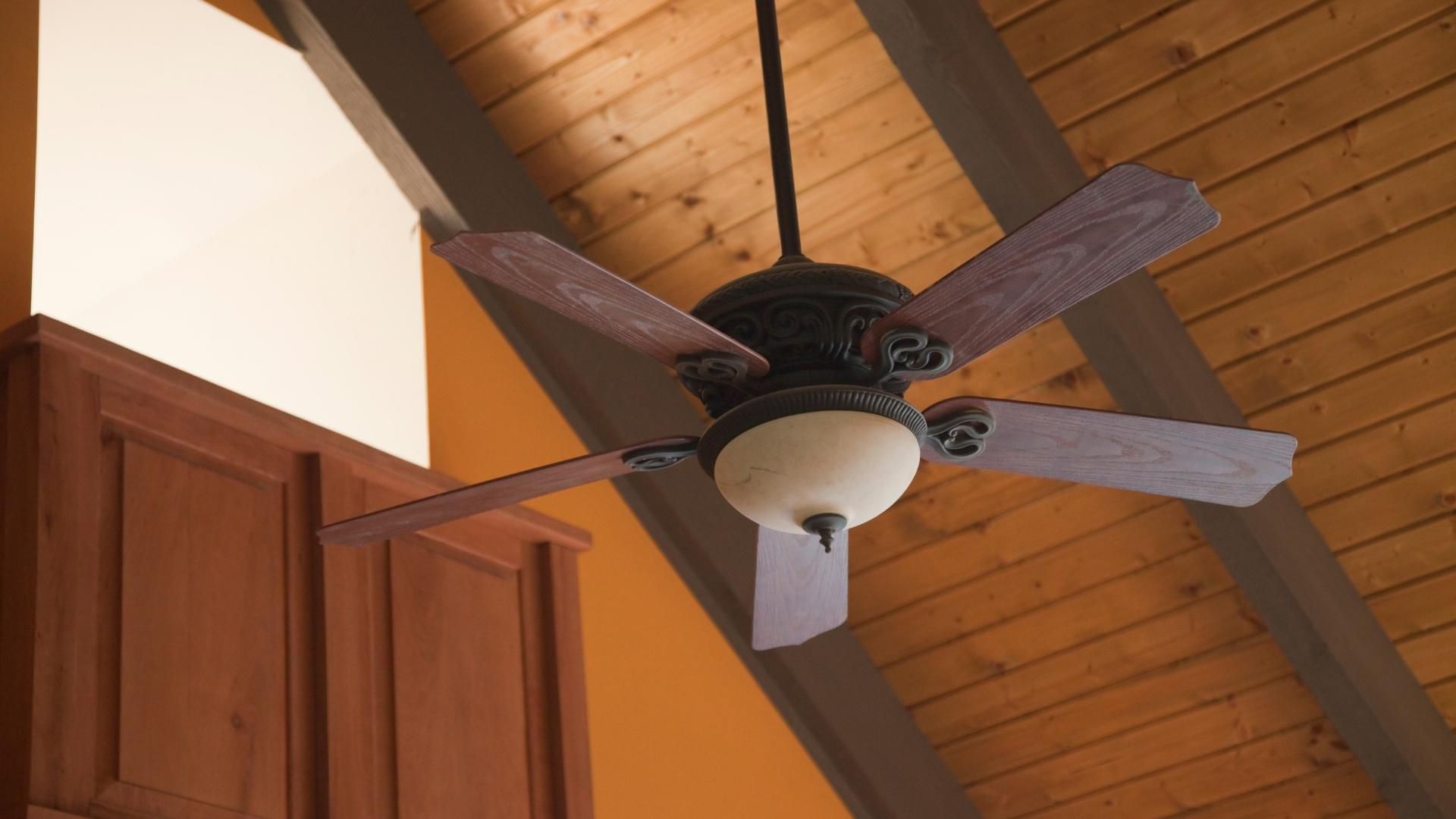
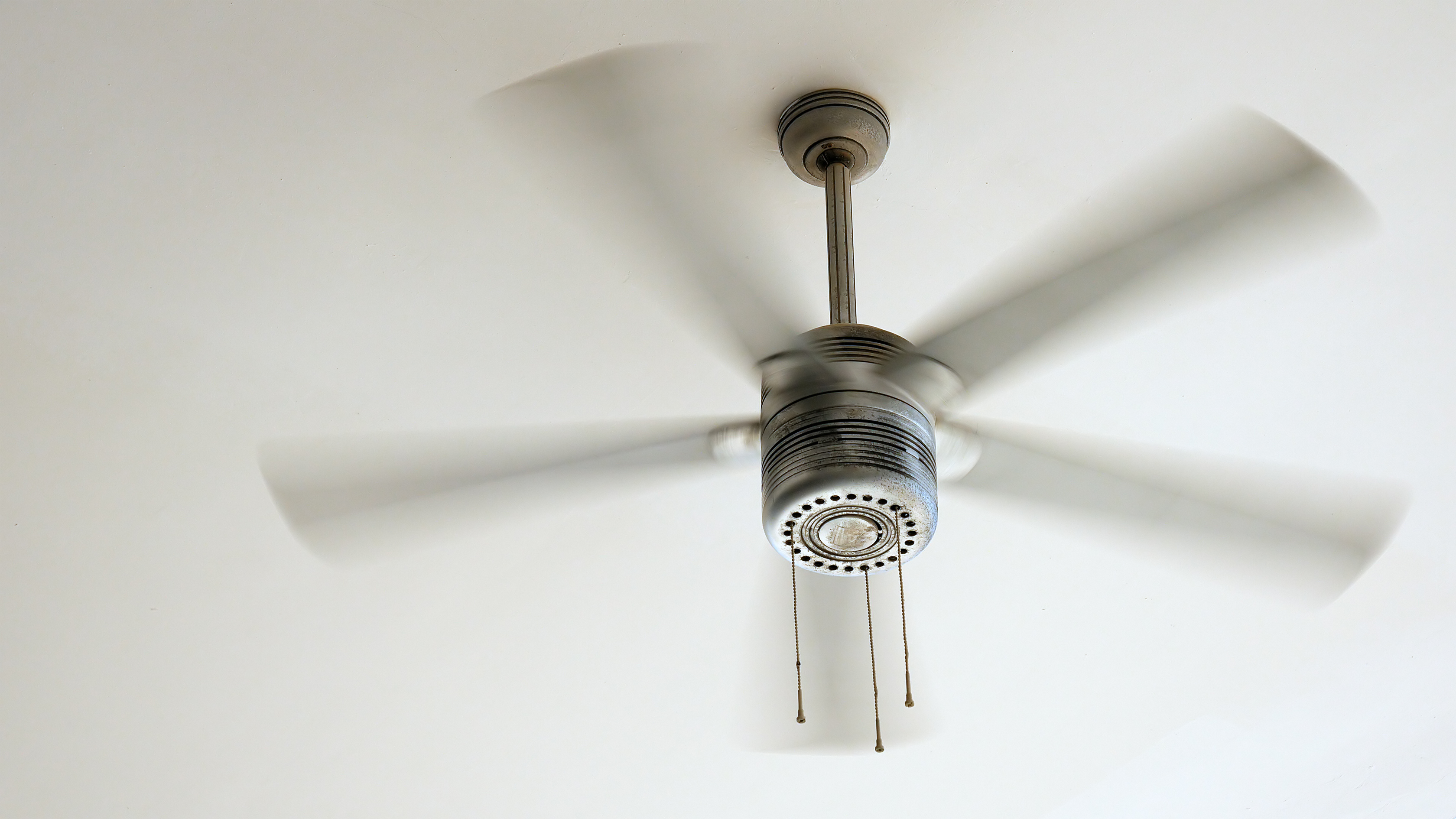

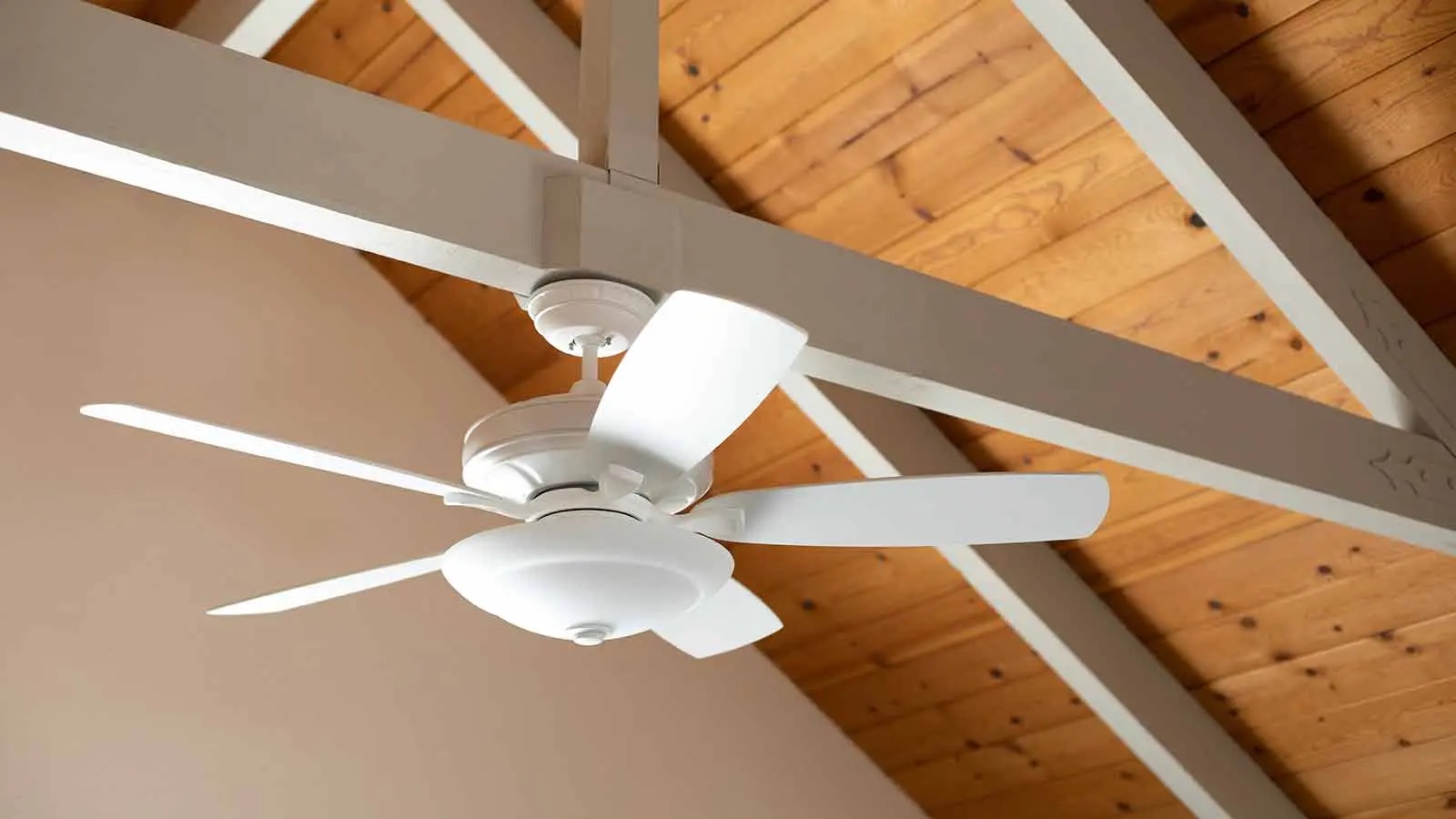
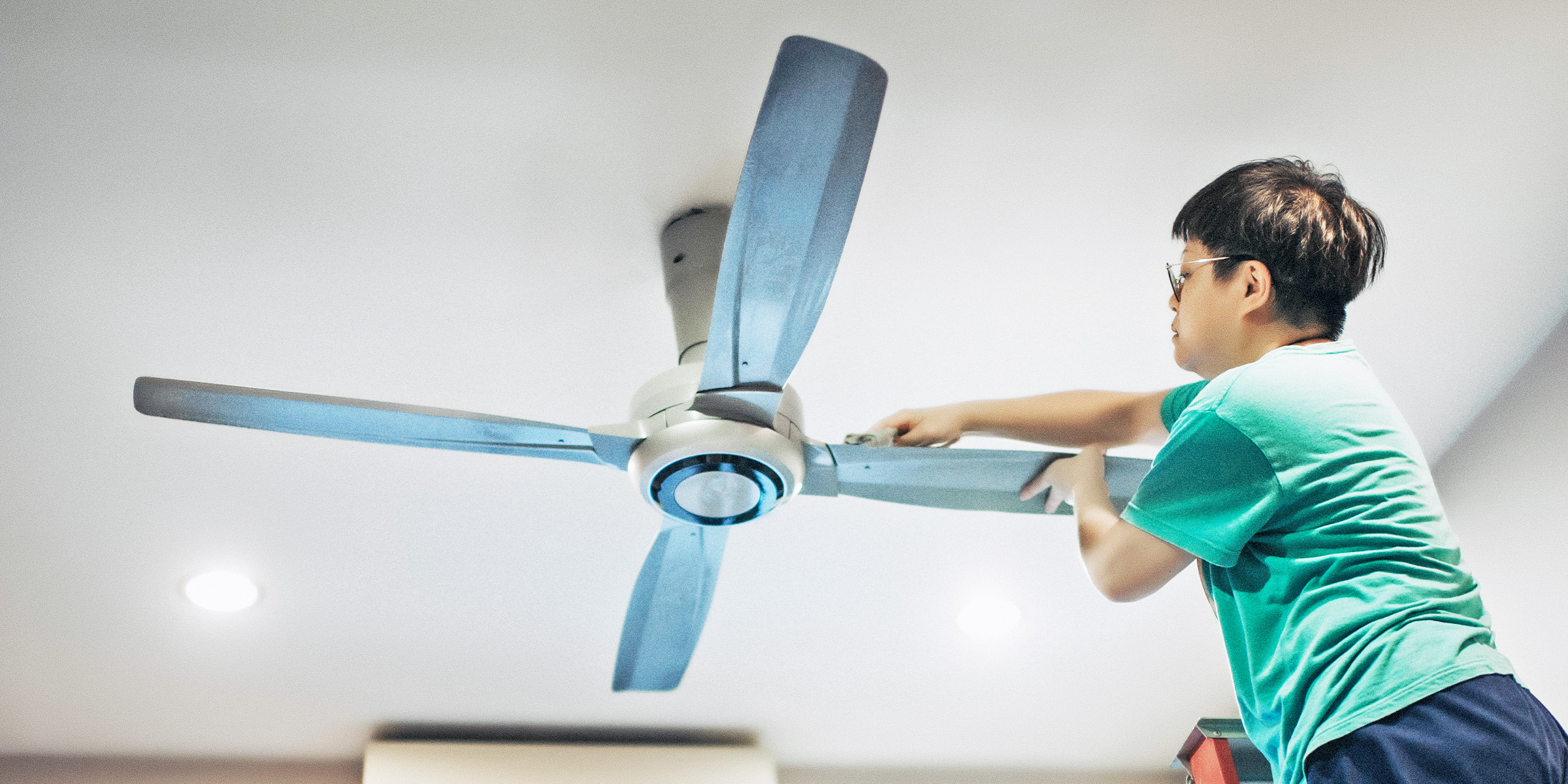
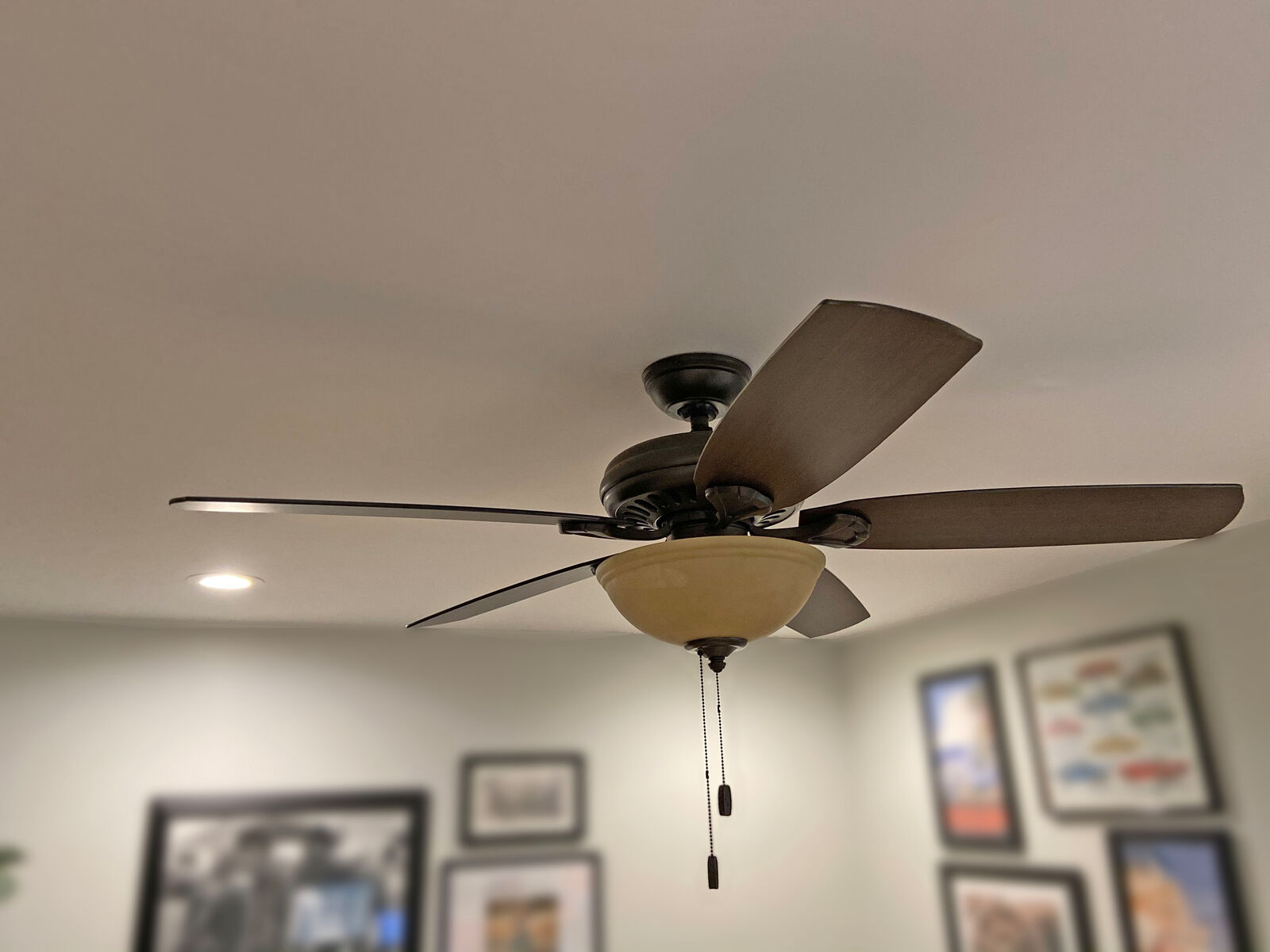
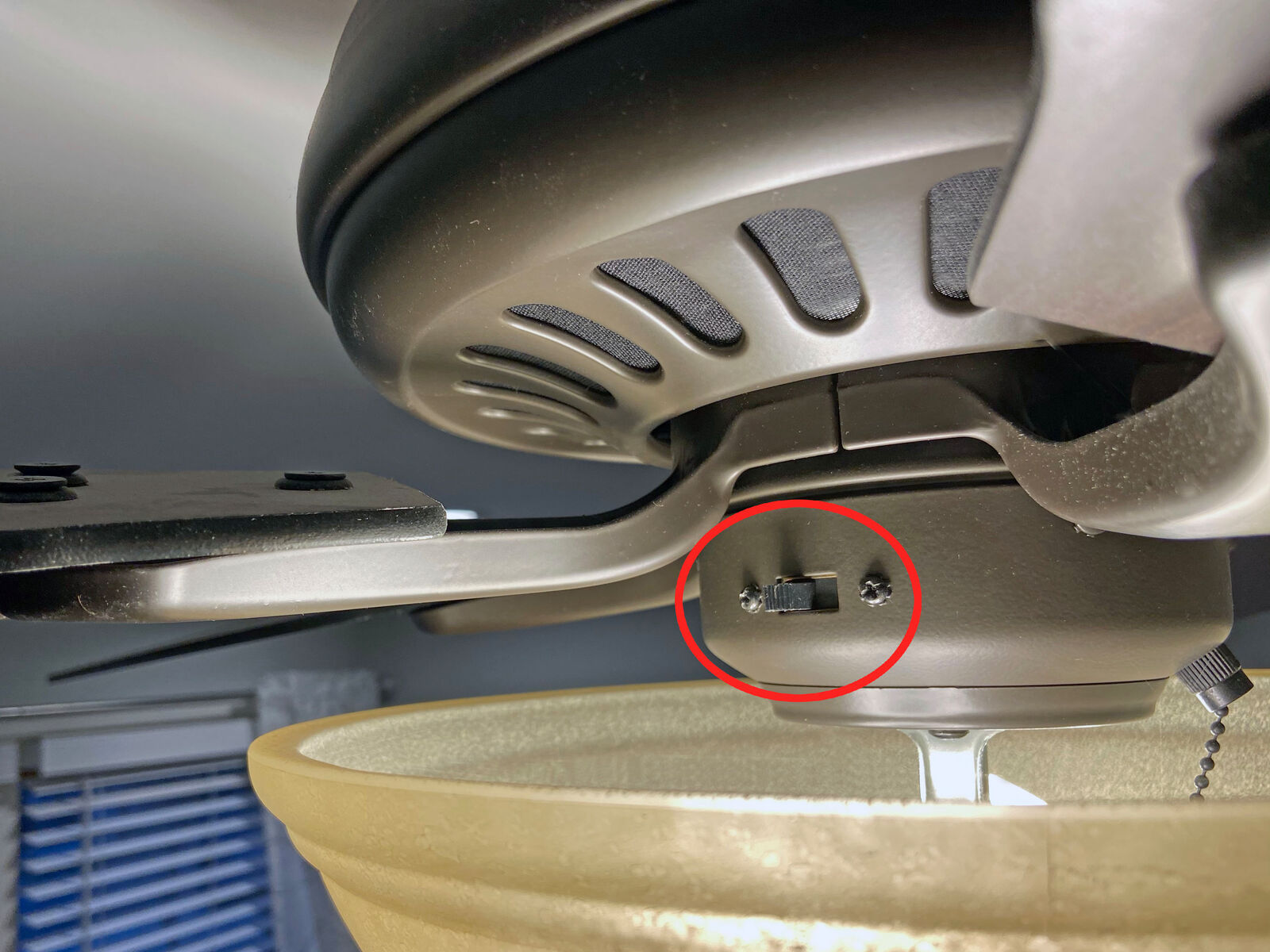
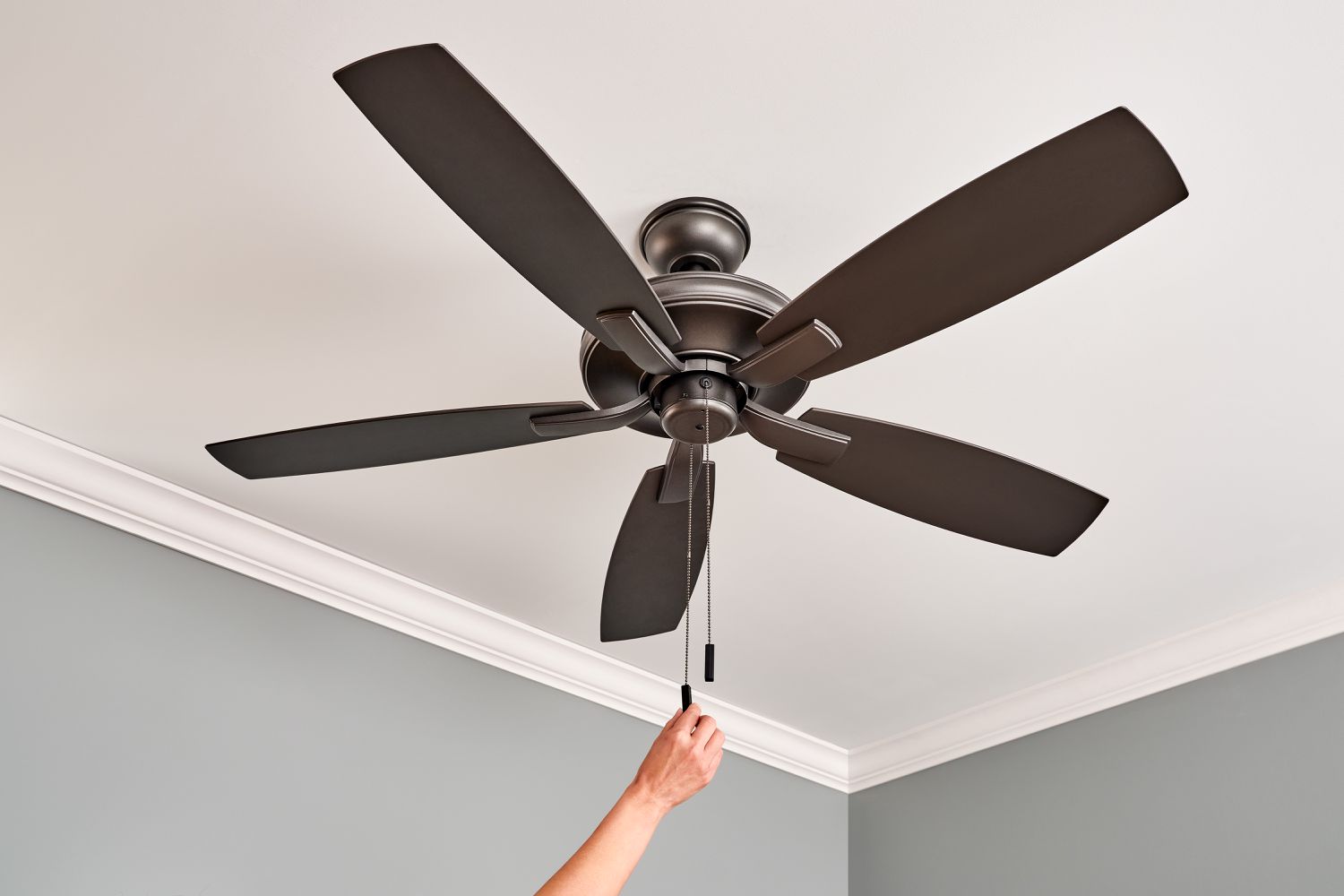
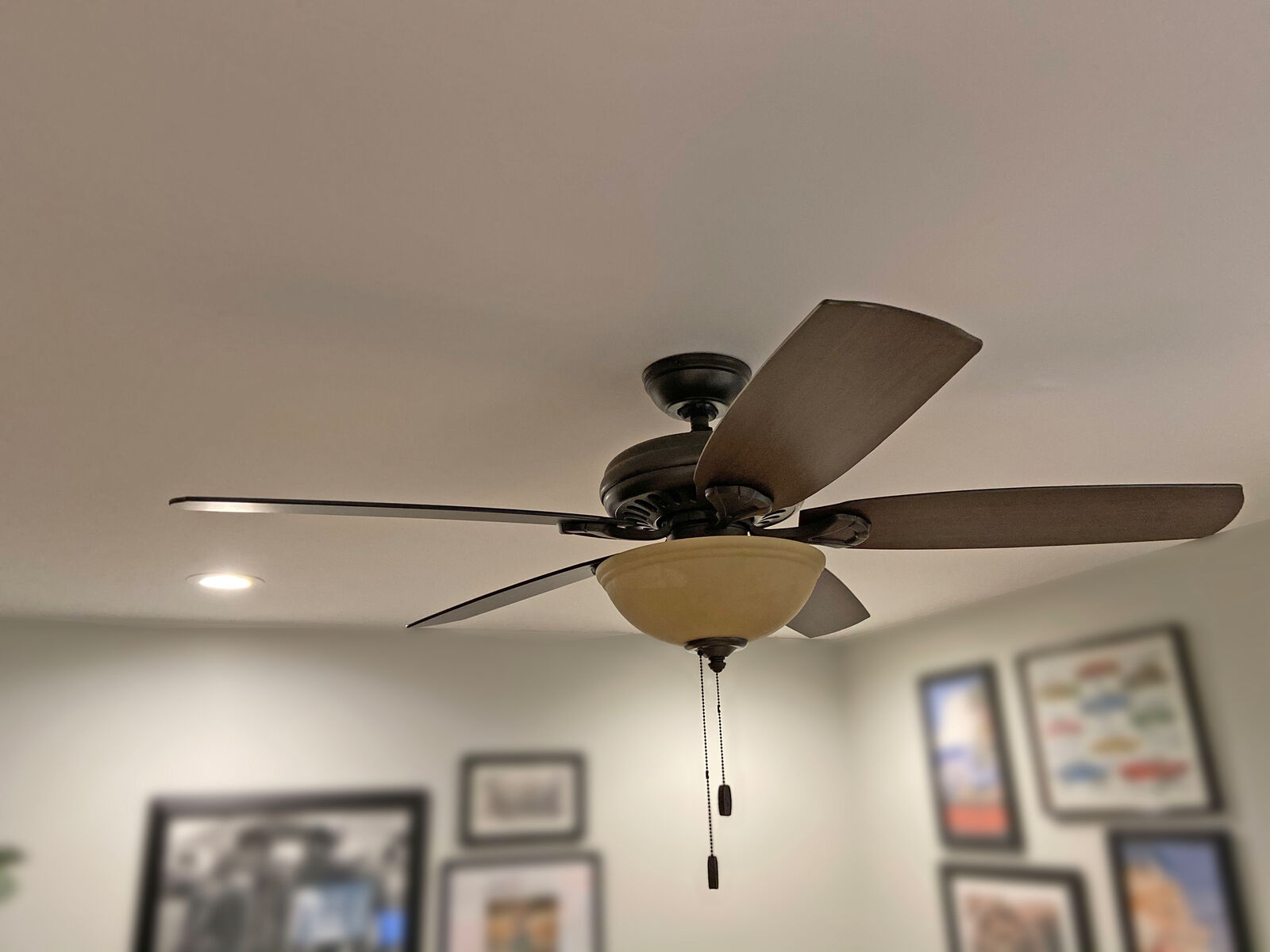
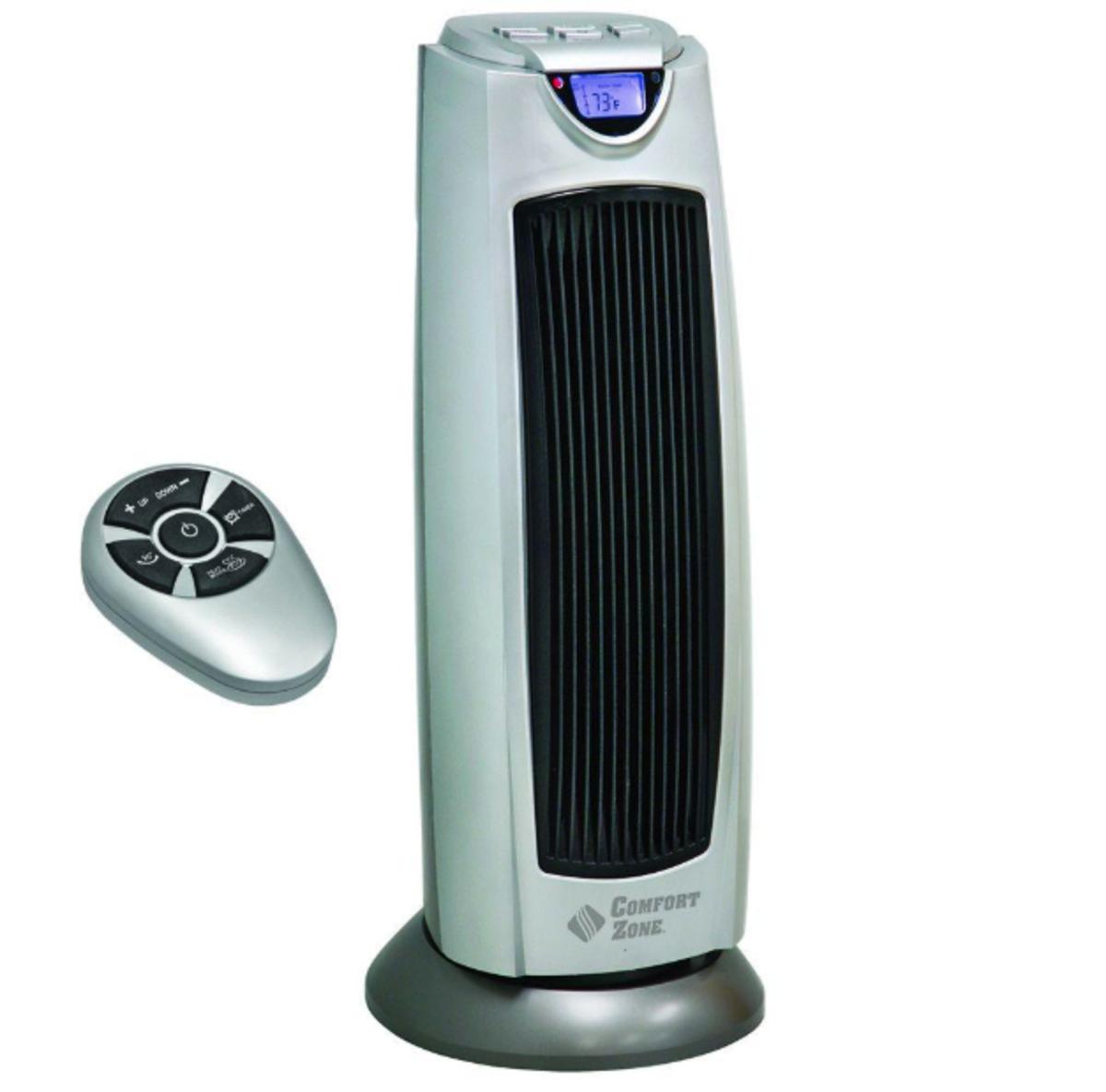
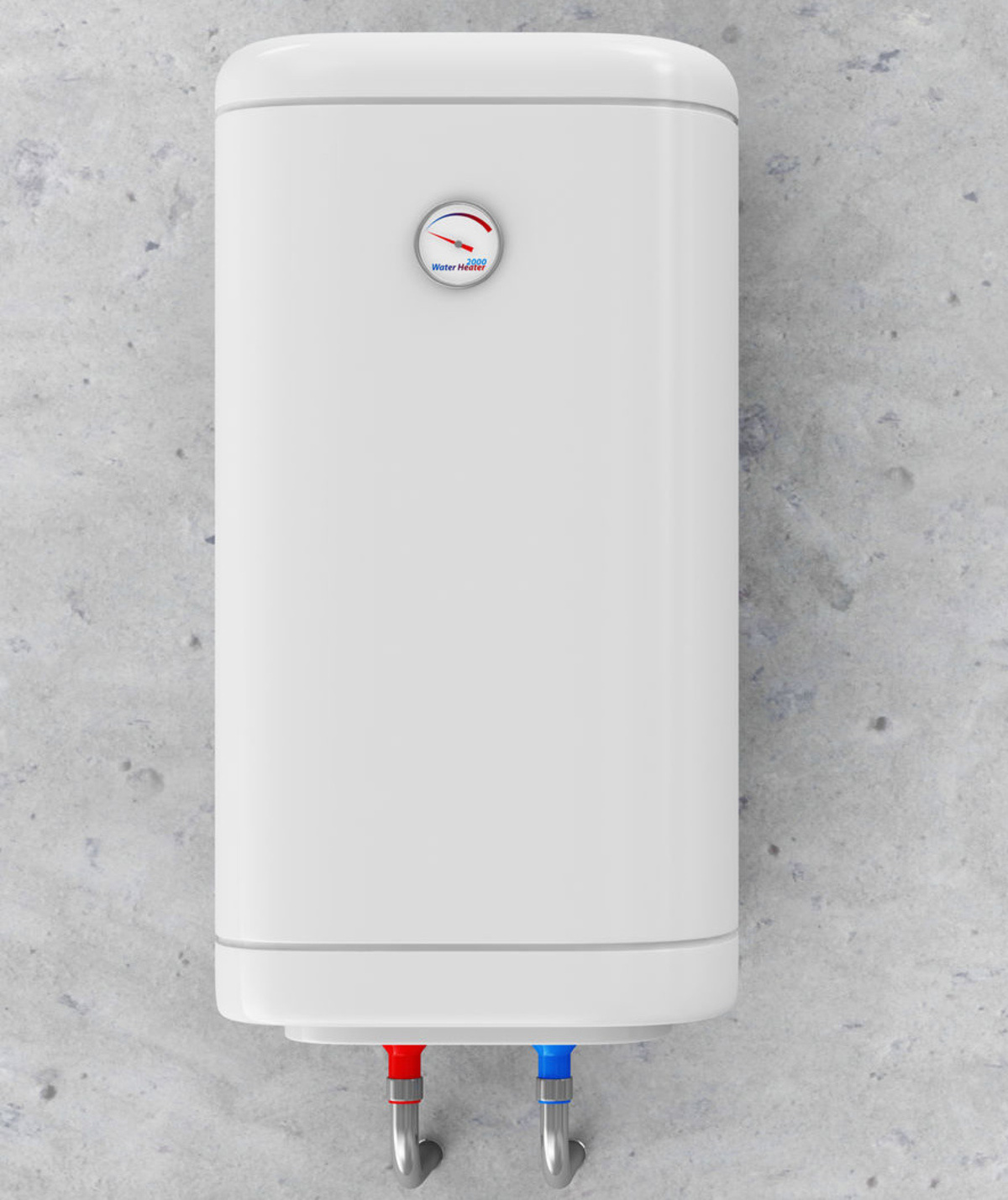

0 thoughts on “Choosing the Perfect Summer Fan: Which Way Fan Direction for Maximum Comfort and Energy Efficiency”